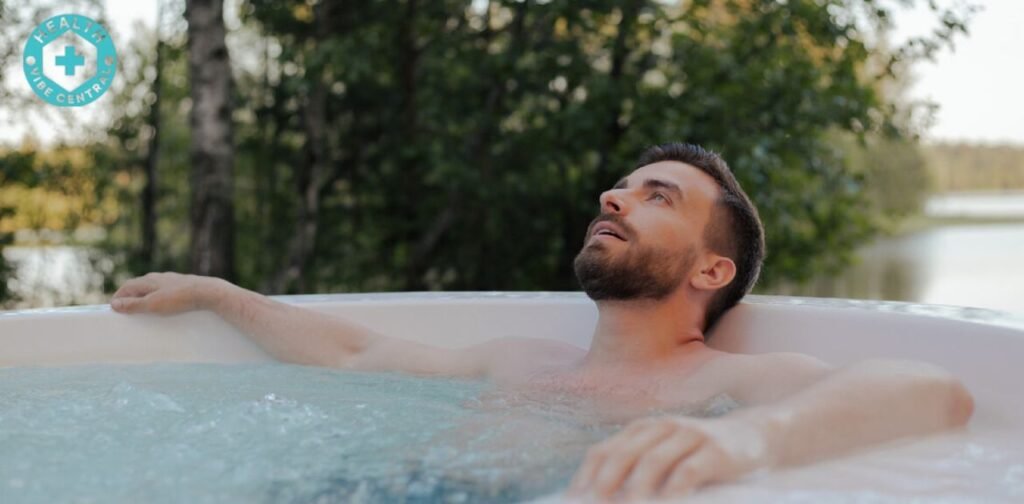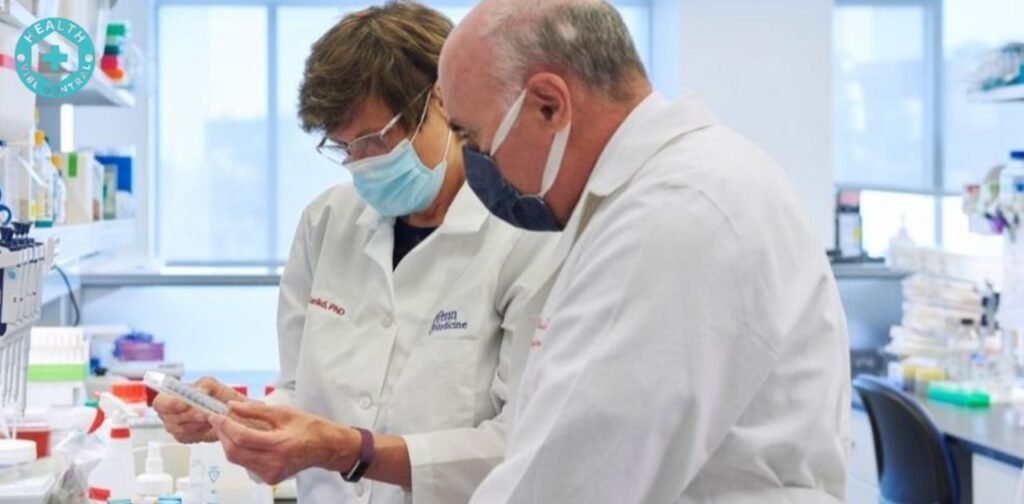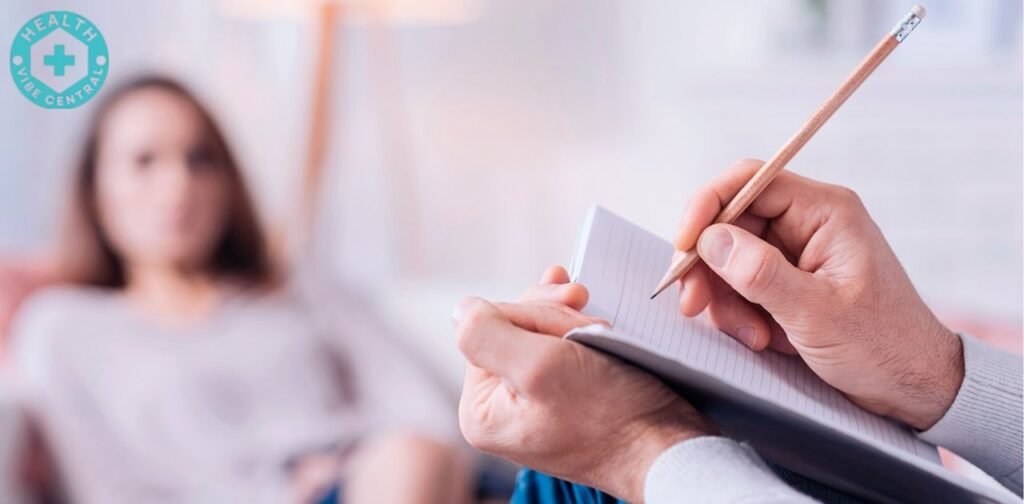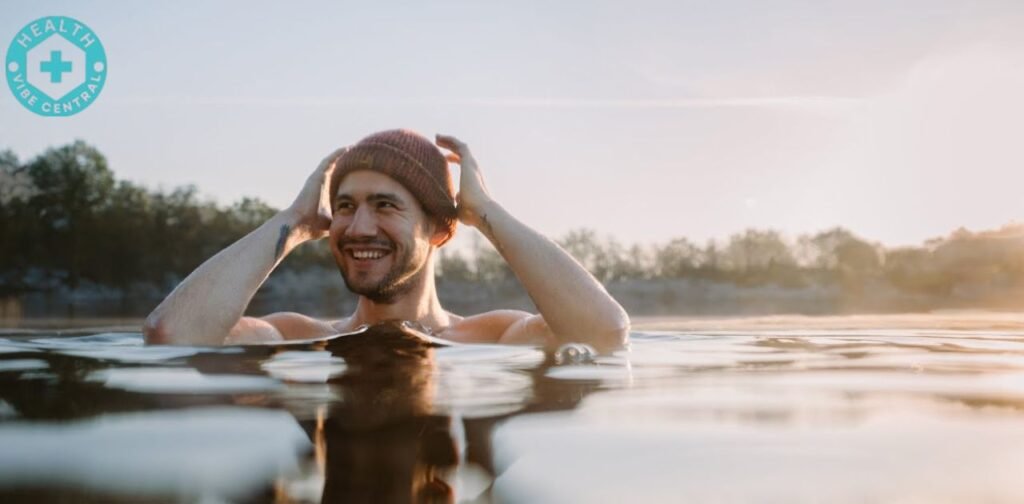
The Rising Trend of Cold Therapy
Wellness over the past decade has transitioned consistently with both modern day practices as well as more traditional techniques such as cold plunging and contrast therapy. From sports persons to those seeking improved health and fitness, improved functionality and output, these techniques are being applied with regard to physical healing and improvement of the cognitive functions. Originally associated with traditional techniques, cold therapy has received the support of science that has shown that cold and cyclic hot and cold exposure cause a large number of benefits.
This article goes through the following headings: the meaning of cold plunging and contrast therapy; its history and application, scientific studies; the health benefits of the practice, safety measures for practitioners, as well as the future prospects of cold plunging and contrast therapy.
1. The History of Cold Plunging and Contrast Therapy
Ancient Origins
CWI or cold plunging is not a modern practice; it has its origin from ancient Greece and Rome. Cold Plunging and Contrast TherapyThe series of Roman baths stymes included hot, warm, and cold facilities that were used to give the body relaxation, to strengthen muscles and increase vitality. Even the Spartans and other ancient Greeks were also known to rinse their muscles with cold water after rigorous training or upon exercise to reduce muscle stiffness or soreness and to wake up the body’s senses.
Both contrast therapy, which involves applying heat and cold in succession, and thermal therapy have been used for quite a long time. Sweat lodges of the Aboriginal peoples of America, saunas where the guests gad under the Nordic icy plunge and hot springs of Japan are just a few examples of how various cultures have incorporated the use of temperature difference to promote Cold Plunging and Contrast Therapy the innate concepts of healing and longevity.
2. The Science Behind Cold Plunging
Cold water immersion is based on the concept of using cold water shock where the body’s temperature is reduced rapidly in order to stimulate the body. This triggers several physiological effects
- Vasoconstriction: Cold environment leads to vasoconstriction and less blood Cold Plunging and Contrast Therapy reaches skin but more to the vital organs of the body. After the body cools down, there is vasodilation in which blood vessels dilate, and oxygenated blood flows through the muscles alerting the body.
- Endorphin Release: The cold shock stimulates the body’s adrenaline and Cold Plunging and Contrast Therapy endorphin production – and this is similar to the feeling that one gets after vigorous exercise or danger.
- Reduction in Inflammation: During the cold phase, blood circulation is reduced so as to reduce inflammation. Cold plunging benefits include alleviation of inflammation and, therefore, is recommended for use as recovery technique for athletes after training.
- Academic evidence is in favour of cold therapy as an intervention that can Cold Plunging and Contrast Therapy reduce the impact of DOMS, speed up the recovery process and lessen muscle fatigue
3. The Science Behind Contrast Therapy

- A method of treatment applies heat and cool to aim at promoting blood flow and healing processes. This method makes use of the way in which there is constriction of blood vessels due to cold and dilation of blood vessels due to heat, making the body to pump blood and fluid.
- Improved Blood Circulation: If you go from hot to cold, the capillaries in the skin Cold Plunging and Contrast Therapy dilate and constrict and it helps the blood circulation which in turn brings more nutrients and supply of oxygen to the affected tissues.
- Lymphatic Drainage: The further function that poses benefit from the alternating pressure is the lymphatic system, which is related to waste disposal in the body thus enhancing the detoxification process.
- Empirical research shows that contrast therapy reduces the likelihood of an Cold Plunging and Contrast Therapy undesired outcome, improves muscle recovery, and can benefit from chronic diseases, such as arthritis.
4. Key Health Benefits of Cold Plunging
1. Enhanced Muscle Recovery
Cold shower treatment is common among athletes after activities such as exercises. Cold water assists in the elimination of muscle soreness, shortens recovery periods and enables athletes to engage in practice or games without frequent rest periods. Evidences suggest that exercise-induced cold treatment may help to reduce inflammation and muscle soreness
2. Boosted Mental Health
Cold showers trigger a complete endorphin release and increase dopamine levels up to 250%, which will help to positively alter your mood. Cold exposures are needed on a habitual basis in order to enhance the psychological hardness, decrease the manifestations of depression and stress.
3. Improved Circulation
One has to plunge the body in cold water and then warm up and this is good for circulation hence enhancing the cardiovascular system. Improved blood circulation makes it easy to have a better blood pressure, an improved heart, and an improved en
4. Strengthened Immune System
Cold affects the body by increasing production of white blood cells that play a crucial role in combating diseases. It may within time come to mean that the immune system is much stronger, and there are fewer instances of colds and infections, each time one plunges in cold water
5. Enhanced Athletic Performance
Adaptive use of cold plunging into training can create quicker tissue recovery and thus train and rehearse athletes harder and more regularly with no extra muscle strain or injury danger.
5. Key Health Benefits of Contrast Therapy

1. Reduced Muscle Stiffness and Pain
The varied temperatures act as a massage on the affected tissues by increasing and decreasing blood flow enhancing the flow of nutrients (oxygen and nutrients) to the muscles and removing waste products resulting to reduced pain and stiffness.
2. Alleviation of Chronic Conditions
People with arthritis, chronic pain, or joint problems can benefit from contrast therapy. The warmth relaxes the muscles hence the contraction and the cold slows down the inflammation of the joints, thus a massage can be used to administer pain relief.
3. Faster Recovery for Athletes
Similar to cold plunging, contrast therapy aids in eliminating delayed onset muscle soreness and aids in recovery after rigorous exercises thus improving endurance and performance in sports(
4. Increased Flexibility
This is due to the fact that warming the muscles makes them to be more elastic and hence easily bendable. There are improvement in mobility and flexibility among sporting people who use hot and cold switches to help minimize injuries.
6. How to Practice Cold Plunging and Contrast Therapy Safely
Cold Plunging Guidelines:
- Start Slow: At the early stages, you should spend only a few minutes in that water generally between 50-59 F(10-15C).
- Breathing Techniques: The tips for breathing should be deep, and steady during cold immersion. Cold weather can cause a person to go into shock, therefore, deep breathing should be used to stabilize the heart beat.
- Duration: In the majority of users, there is no need to swim more than 5-10 minutes in the cold water. Hypothermia might occur and it is important to learn the signs you might be experiencing them and look for a shelter from the storm.
Contrast Therapy Guidelines:
- Temperature Settings: For contrast therapy the cold water must not be above 60°F (15°C), and the hot water must not be below 100°F (38°C).
- Cycle Length: Switch between hot and cold in cycles with hot water and lasts for at least 3-5 with a brief interruption of 1-2 minutes in a cold water wash. Perform this process 4-5 cycles thru the arm.
- Consistency: The results are even better when it is practiced regularly. It is therefore advocated that cold plunging or contrast therapy should be incorporated into weekly recovery regimes.
7. Risks and Considerations
As much as cold plunging and contrast therapy has numerous advantages it has few disadvantages as explained below.
People with high blood pressure and heart problems should not undergo cold treatment because fluctuation between the cold and warm temperatures is hard on the heart.
Patients with Raynaud’s syndrome or other peripheral arterial diseases should also avoid cold stress because they aggravate the disease due to the constriction of blood vessels.
The last remnant of advice is to follow your instincts as well as not to overexert yourself during the workout.
8. The Future of Cold Plunging and Contrast Therapy

With more athletes, Hollywood stars, and people who care about their health endorsing cold therapy, there can be no doubt that this is a trend for the long haul. Men have come up with home edition cold plunge tubs making the practice more common Weed & alcohol.
On the other hand, contrast therapy has continued to be adopted into physical therapy clinics as well as special health facilities for the well-being of patients.
As recovering specialists incorporate technology into how they administer these therapies, for instance, the specific controlled temperature tubs, and recovery protocols supported by data, then succeeding at delivering these therapies is anticipated to be made even more innovative and efficient.
Conclusion: A New Path to Wellness
When it comes to getting your body and mind in the best shape possible, cold plunging and contrast therapy are two helpful techniques that can help athletes, or anyone really, recover and feel their best.
Many of these activities are scientifically validated today and have the potential of lowering inflammation, increasing blood flow and boosting well-being. Thus, you will benefit from enhancing the effectiveness of recovery, bettering the condition of the mind, physical fitness and performance.
Given the increase of home cold plunge setups and the knowledge surrounding them, there is no better chance to take the leap and decipher everything cold and contrast therapy has to offer.